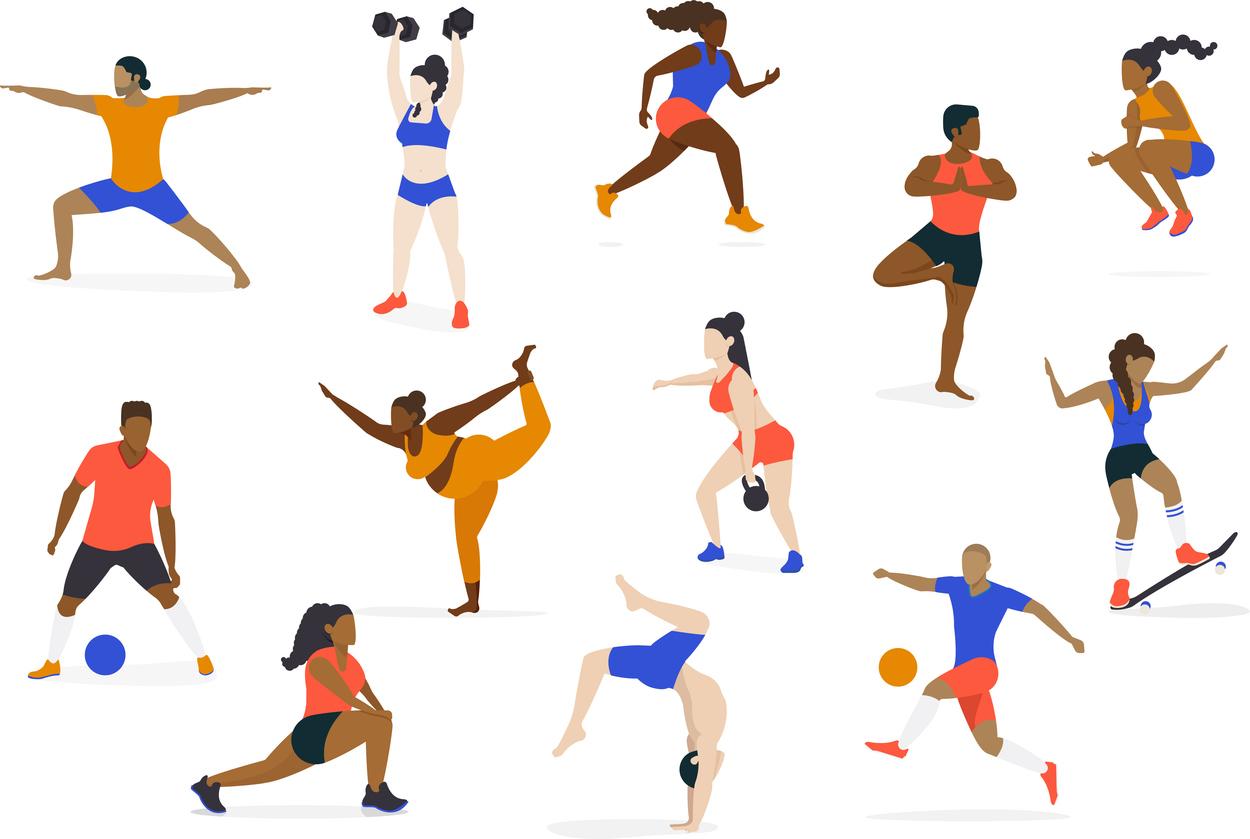In Rio, some were alarmed by the circular marks on the skin of athletes. Brands that we owe to the technique of the suction cup, fashionable in the sports circle.

To the uninitiated, the practice may seem a bit extreme. The general public discovered it two days ago on the torsos and bare backs of several Olympic swimmers, especially within the US delegation. On the skin of athletes, worrying red-brownish circles, like bruises contracted during a strange spat.
The swimmers in question were in fact not the victim of any abuse – in any case, these traces are not proof. They underwent a cupping session, a technique that consists of sucking the skin using suction cups, which has the side effect of the emergence of these impressive but ephemeral spots.
FUN FACT: Those circles are the end product of an ancient healing technique called cupping. # Rio2016 pic.twitter.com/BsP1PPjqBQ
– NBC Olympics (@NBCOlympics) August 8, 2016
Blood and lymphatic circulation
The ancestral method has been practiced for centuries in Chinese medicine. Western athletes have appropriated it to complete the arsenal aimed at relieving their very stressed body. In Hollywood, stars swear by cupping to relax.
The session is not, however, a piece of fun. “We place the suction cups on the inflamed or painful area, then using a device, we pump the air, which brings up the skin and the fascia (subcutaneous tissue) forming a dome,” explains Mikael Berthommier, professional sports trainer. We can then leave the suction cup for a few seconds (about ten on average), or move it slightly in order to drain the fascia, “which can leave these purple, black, red marks, it depends on the skin”.
The goal is to improve blood and lymphatic circulation. Judging by the reactions of the sucked athletes, we can imagine the rather painful moment. On Instagram, swimmer Natalie Coughlin says she “laughs so badly it hurts”; In an ad that briefly shows a session, Michael Phelps doesn’t seem to be laughing at all.
Mikael Berthommier, who trains sportsmen from the Nantes Swimming Pool as well as individual competing individuals, uses this technique in specific circumstances, for tendinopathies or epicondylitis, a muscular inflammation of the forearm common in tennis players. . Also entitled are athletes who are victims of “windshield wiper syndrome”, a pain in the knee that is expressed in particular in those who run slowly at the same joint angle.
“For these athletes, the technique of the suction cup makes it possible to break the tendon fibers, but it is not sufficient: it must be accompanied by eccentric muscular work so that the fibers can be repaired in the right direction”, specifies Mikael Berthommier.
No scientific evidence
The method has not been scientifically proven, “like many recovery procedures (stretching, massages, cryotherapy, etc.), which have been used without really knowing their interest and which are starting to be questioned because they do not there is no scientific proof of their physiological efficacy, ”points out Mikael Berthommier. Moreover, there is a fad; if cupping is in vogue among athletes today, there is no reason to believe that its success will continue.
However, the lifts from the field are good when it comes to pain relief. “It can sometimes avoid sessions with the physiotherapist who uses shock waves to break the fibers – a much more painful method! “. In terms of recovery alone, the benefit is perhaps more questionable since it is very localized.
Finally, to understand the empirically observed efficacy, the placebo effect must be taken into account – a component that current scientific studies and criteria are struggling to measure. “If an athlete feels better after a massage or a cupping session, then these techniques should not be thrown in the trash,” says Mikael Berthommier. Even if these athletes have to pay for it with their own skin!
.

















